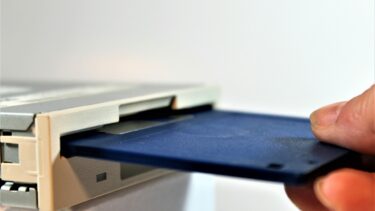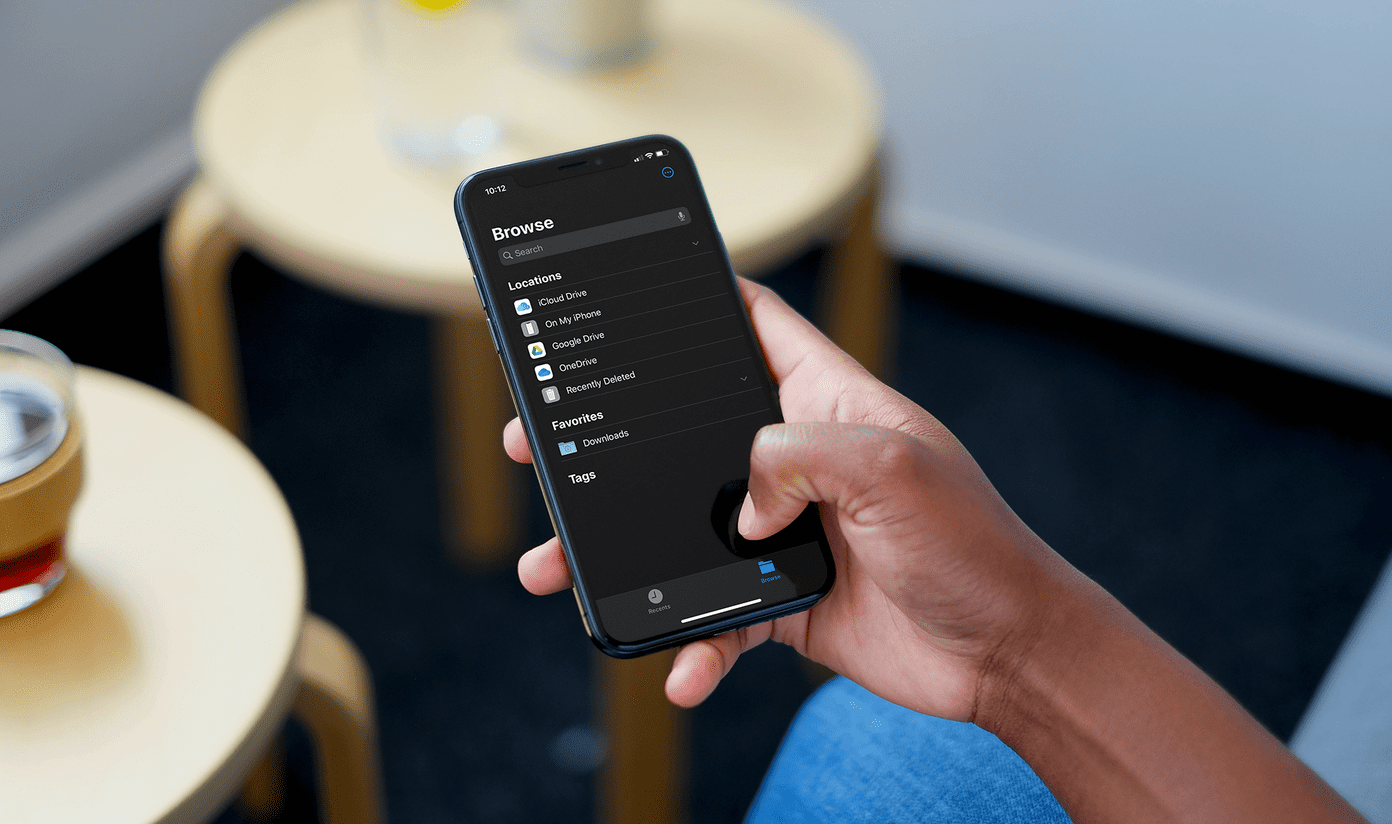RAM Explained With an Analogy
RAM is like a super-highway between the computer processor and other forms of storage like hard disks and flash drives. The processor can access data much faster if it resides in the RAM. RAM and hard disks are often compared to a person’s short term and long term memory respectively. We use our short-term memory to do all the immediate tasks, but there is a limitation of what we can retain. When new data comes in, the old must give way. The hard disk is the place for permanent data, just like our long term memories. Our short term memories are wiped clean, but long term ones stay on. Let’s say further that RAM is like a paper you have in your hand. Hard drive is your entire filing cabinet.
Why Is It Called Random Access Memory?
Data on a RAM can be accessed in any order. Think of an audio cassette tape – there, we have to access data in a sequential way. It was actually used to differentiate memory access from magnetic tapes in the early days. On magnetic tapes, you needed to start from the beginning and go to a specific point sequentially.
What Does RAM Look Like
RAM is actually very small in terms of physical dimensions. It is made up of microchips systematically arranged in modules (see top picture). These modules can be plugged into slots on a computer’s motherboard. In terms of bytes, a RAM is tiny in comparison to a hard disk. A typical low-end system will have 2 GB of RAM installed, while hard drive capacities could be 160 GB upwards. 4GB RAM and 400+ GB hard disks are usually the average these days. Typically, you can keep on adding RAM modules up to a certain limit as specified by your motherboard.
Why More of it Makes a Computer (or Any Gadget) Faster?
Additional RAM speeds up your computer as the processor does not need to go to read the data from the hard drive as frequently. Getting information from RAM takes nanoseconds; for hard disks it is milliseconds. Every byte of a software that you open consumes memory. Plus, the operating system that is running the whole show also needs its share. The amount of RAM limits the number of programs or operations you can do simultaneously. For instance, if your RAM is low, you won’t be able to open Photoshop and a browser together because the software and the work you are doing on them eat up available memory on the RAM. More RAM means more room for your programs to do their work. The working of RAM is also linked to something that’s called as Virtual Memory. It’s beyond the scope of this very basic primer on RAM, so let’s say more RAM makes your computer speedier as it does not have to rely on virtual memory so much. The above article may contain affiliate links which help support Guiding Tech. However, it does not affect our editorial integrity. The content remains unbiased and authentic.








